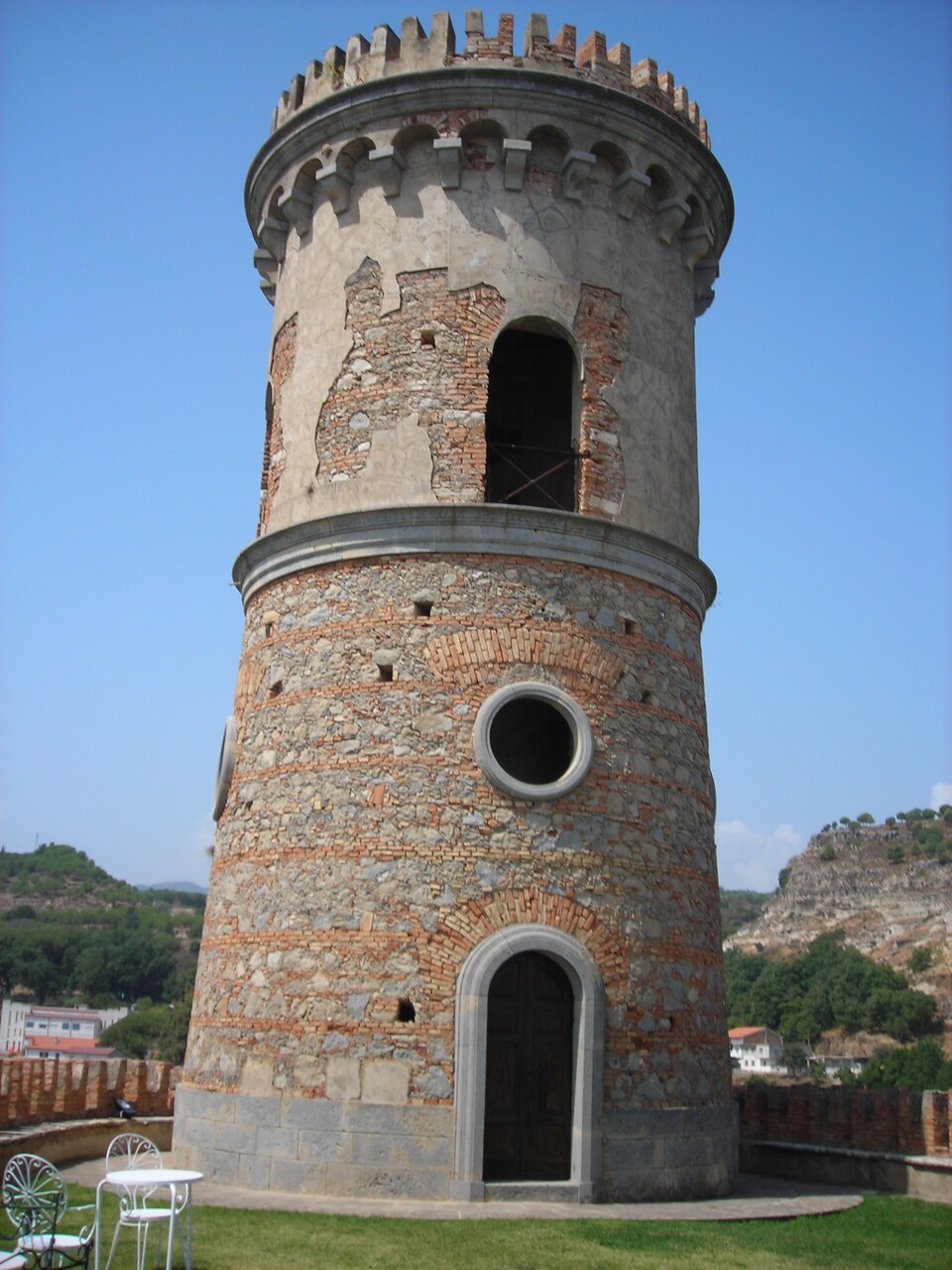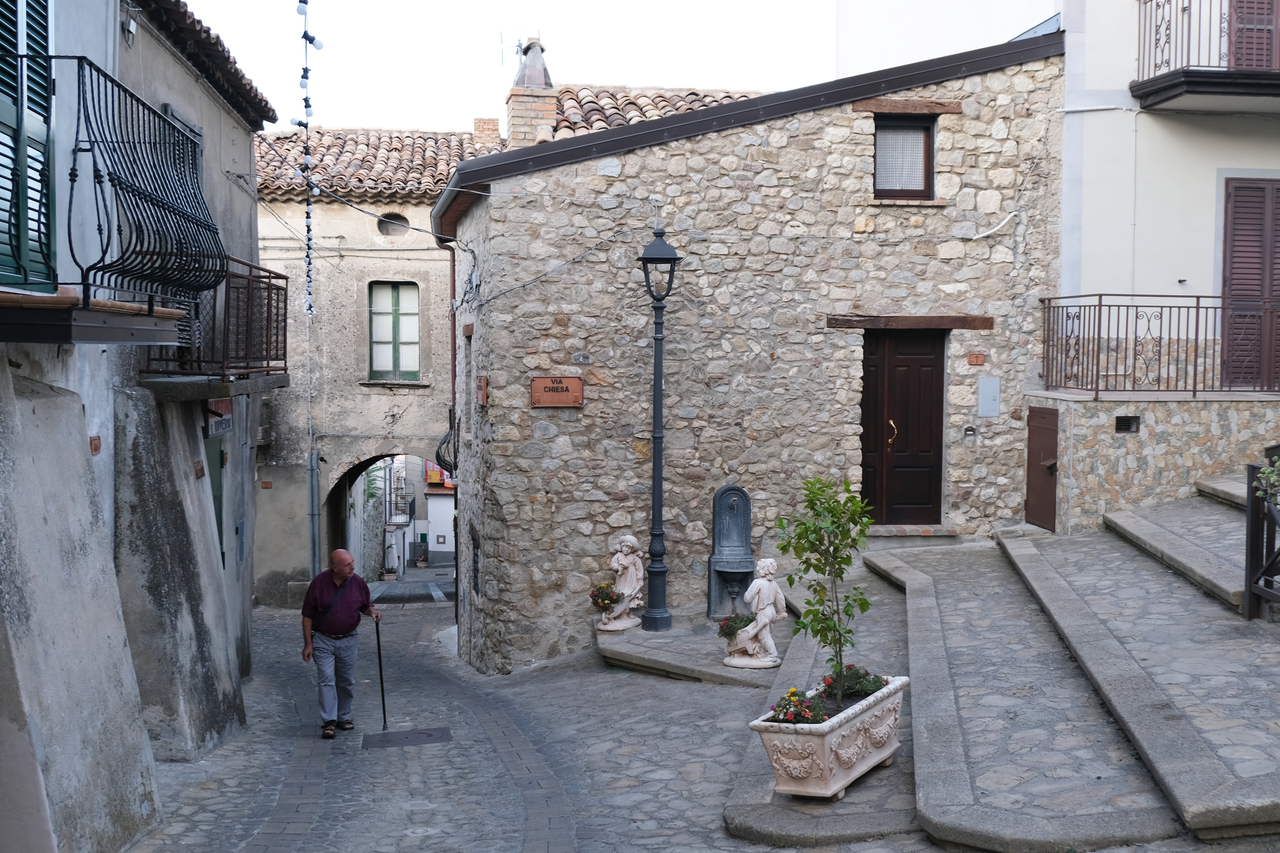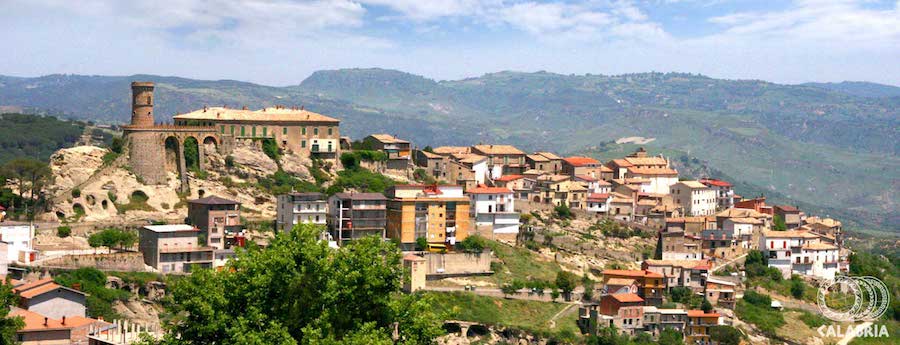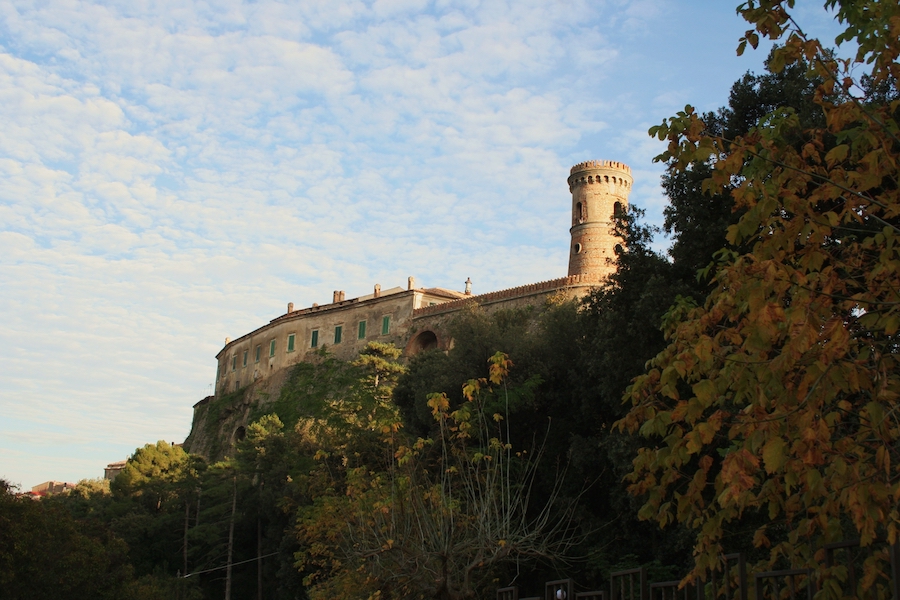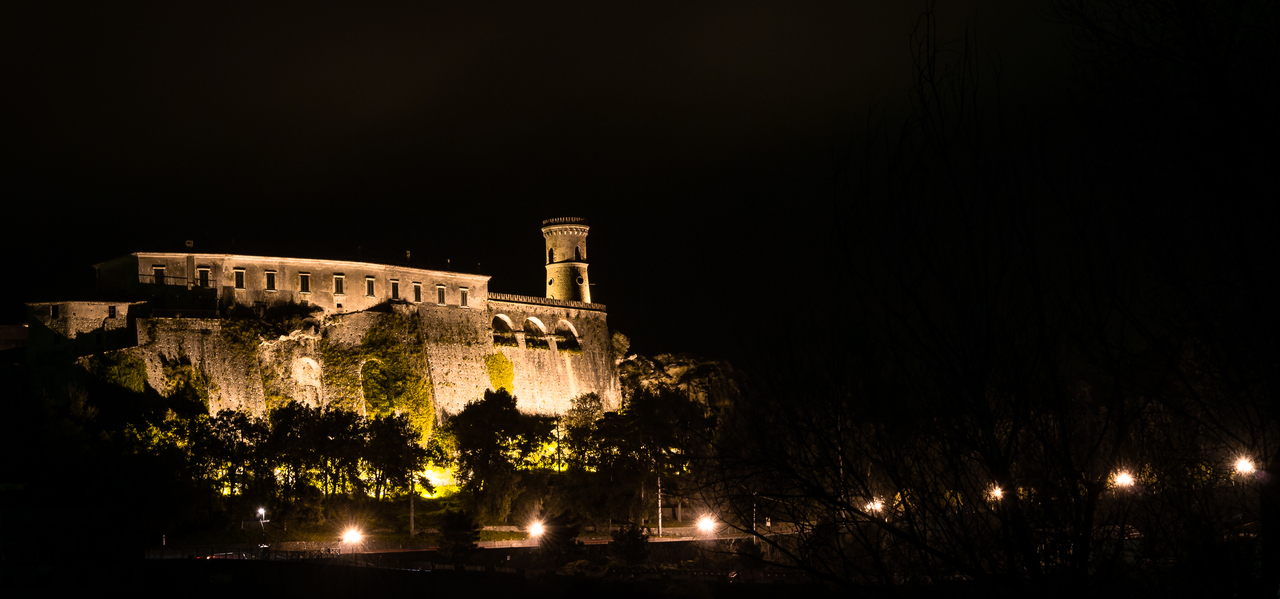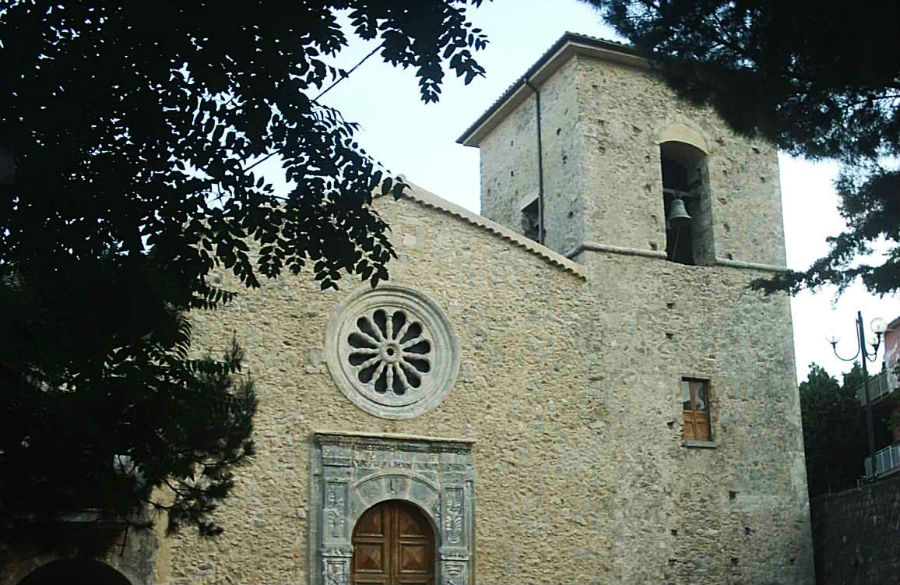Caccuri is characterized by the tower of the Castle and the church of Santa Maria delle Grazie, the rose window of the Abbey of Santa Maria del Soccorso and the various landscapes and architectural. The medieval atmosphere of the village is recreated, every year, in August, during the Medieval Day, an event that draws enthusiasts and curious.
The urban fabric retains the characteristics of the old center consisting of a maze of streets and alleys that lead all the castle, an imposing manor house dating back to the VI century A.D. The country was a feud of Polyxena Ruffo (wife of Francesco Sforza, which is still visible the room in the castle) and families Sangiorgio, De Rice, Spinelli, Cimino, Carafa, Cavalcanti (true artistic patrons of the village), Barrocco. Is mainly covered by olive groves that constitute the main source of agricultural income of the country. Today the country is divided into four quarters: historic center, crosses, part, San Nicola. Recently, with the housing and private, is developing particularly the Rione San Nicola.
Perched on a spur, the ancient village has today to the eye of the tourist a center not yet completely disfigured by reinforced concrete. The inputs to the village once upon a time there were three: Large Port (today Piazza Umberto I), a small door (near the sanctuary of San Rocco) and Porta Nuova, so called because it is more recent than the first two.
At the entrance of the village there is the nineteenth century fountain of Canalaci, at whose side is carved a coat of arms of the University of Caccuri of the XVI century in pietra serena. Many are the votive shrines scattered throughout its territory: S. Family, S. Filomena, S. Andrea (near the pinewood and the recreation center called S. Andrea), S. Biagio and S. Chirico. The historic center is dominated by the ancient medieval castle. At the foot of the Castle there is the Villa Comunale, a suggestive park for its calcareous rocks of unusual shapes, which stand out between the castle and the pines of the park, which has the seat of the Town Hall.
Between steep climbs and descents, between narrow streets and rocky spurs, unfold the tortuous roads interrupted by the so-called the "wrinkles", small squares toward which it is directed to the input of each house: when did not yet exist television, indeed the voice of everybody is linked to that of the nearby, to spend the evening telling anecdotes and discussing common problems.
The Sanctuary of San Rocco dates back to 1908, perhaps built on the occasion of an epidemic in honor of the Patron Saint. It is located on the edge of the inhabited center and in the vicinity of "small door", access route to the campaigns and olive groves of the country. The sanctuary is located in the vicinity of Murorotto track or the street that runs along the ancient route of the walls that protected the village from the assaults, where you can admire a valuable arc in cotto (called by caccuresi precisely arc of Murorotto). In the vicinity is also situated the ancient via Judeca, once the seat of a Jewish synagogue, as can demonstrate the bas-reliefs present.
Homeland of the family Simonetta, here was precisely the natali the statesman Cicco Simonetta, secretary of Francesco Sforza, duke of Milan, that after his death became the regent of the Milanese Duchy until Ludovico il Moro, seeing it as an obstacle to its climbing to the throne, made him murder in Pavia in 1480. In Via Simonetta a plaque commemorating the known caccurese citizen. Di Cicco Simonetta wrote Machiavelli in the 18th chapter of the Florentine Istorie:"... messer Cecco, man for prudence and for long practice Your Excellency...". Born in Caccuri even Uncle Di Cicco, Angelo Simonetta, and his brother John Simonetta, political and Renaissance humanist known for the "Sforziade", opera historiographical about events of the Duchy of Milan in the years of his political experience.
Among the traditional rites of Holy Week stands out the drama de the Jews, reproposed every seven years about. The last edition was in 2011.
Among the many curiosity is to remember the rivalry that there is with the neighboring country of Cerenzia. Moreover it is narrated that the caccuresi were suffering from goiter (thyroid disease) and for this reason the inhabitants of Cerenzia soprannominarono them in dialect "Cagnusi": term which means 'big Gozzo'. The main anecdote that illustrates this rivalry concerns the bells of the Churches of Caccuri, much envied by cerentinesi, that for the closeness felt the chiming but bells they had not even a: therefore some caccuresi decided to build a hedge that Cerenzia time would not be scanned with the chiming bells caccuresi, without thinking of the absurdity of gesture and to the fact that, although there is a hedge, the sound would have been alerted to the same by the "enemies". For this and other funny anecdotes, a said that starring the caccuresi and cerentinesi, together with the inhabitants of the nearby San Giovanni in Fiore, is the one that says: "Caccuri and Cerenzia countries and' ra ciotia and San Giuvanni pè cumpagnia", i.e. in Italian "Caccuri and Cerenzia countries of ciotia (= scemenza), and San Giovanni for company".
Caccuri was filmed the robber Musolino of Mario Camerini, with Silvana Mangano.
To taste the specialities of the place, baked every day by the Old Bakery Loria in Piazza Umberto I: the calzone with the sardella, mastacciuoli, Le Pitte 'mpigliate (typical of the christmas period), the cuzzupe and muccellati (typical instead of Easter) and the typical bread, the pitta. The locals love to enjoy these products accompanied by red wine of local production. The species of fungi more collections are (with names in dialect caccurese): porcini mushrooms, the vavusi, rositi, cocolini, mucchiaruli, the ovules, Mussi and vovi, rivets, pinnelle.


